‘Well poised to populate cities:’ UGA says invasive species of spiders from Japan are here to stay
When it comes to where to lay their webs, it seems the Joro spiders in Georgia are here to stay.
According to research by the University of Georgia, the Joros, which have been in Georgia since 2013, are very “urban-tolerant” and are spreading across the southeastern U.S. in ways other spiders don’t.
The university research says that’s because they’re able to adapt to the auditory and vibrational quirks of the areas near roads and in cities, where other spiders and animals can’t or don’t.
[DOWNLOAD: Free WSB-TV News app for alerts as news breaks]
“The study found the invasive orb-weaving spider is surprisingly tolerant of the vibrations and noise common in urban landscapes,” UGA wrote in an announcement on the new data.
As a result, the “invasive orb-weaving spider from east Asia” is expected to eventually expand their introduced range to most of the eastern United States and possibly even into Canada, UGA researchers said.
“The researchers found that while Joro spiders near busier roads are somewhat less likely to attack simulated prey, the spiders don’t seem to be hurting for it and clock in at about the same weight as their counterparts in less busy locations,” UGA explained. “That suggests the species can successfully compensate for its human-dominated landscape.”
TRENDING STORIES:
More than half a million patients lose coverage since Georgia Medicaid unwinding start, data shows
Video showing cashier punched, collapsing before getting robbed was all staged, police say
Homeless camp uncovered after another bridge fire in northeast Atlanta
In less scientific terms, Joro spiders are often seen in places that Georgia’s native spider species aren’t, such as building their webs between powerlines or on top of traffic lights, even above gas pumps.
“I don’t know how happy people are going to be about it, but I think the spiders are here to stay,” Alexa Schultz, co-author of the study and third-year ecology student, said.
That’s why Dr. Andy Davis, UGA’s Odum School of Ecology, became interested in studying their behaviors, according to the university.
“If you’re a spider, you rely on vibrations to do your job and catch bugs,” Davis, corresponding author of the study, said. “But these Joro webs are everywhere in the fall, including right next to busy roads, and the spiders seem to be able to make a living there. For some reason, these spiders seem urban tolerant.”
Research by UGA has found that the Joros are also cold-tolerant and can survive the brief freezes that other spider species can’t handle, suggesting their hardiness is part of what’s enabling them to spread through the U.S.
In addition to their big webs and colorful patterns, the Joro spider does have its own special trait.

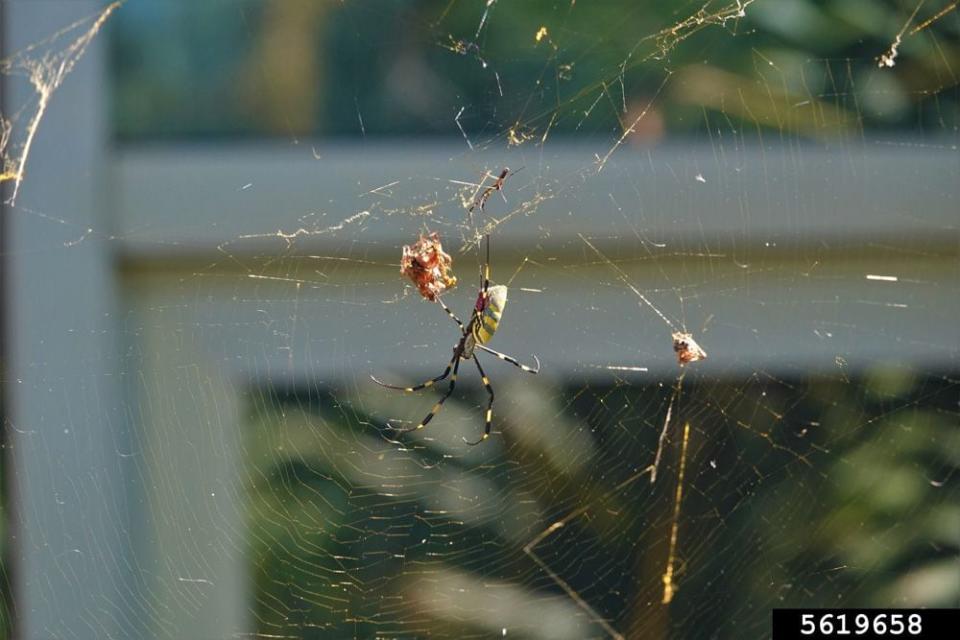
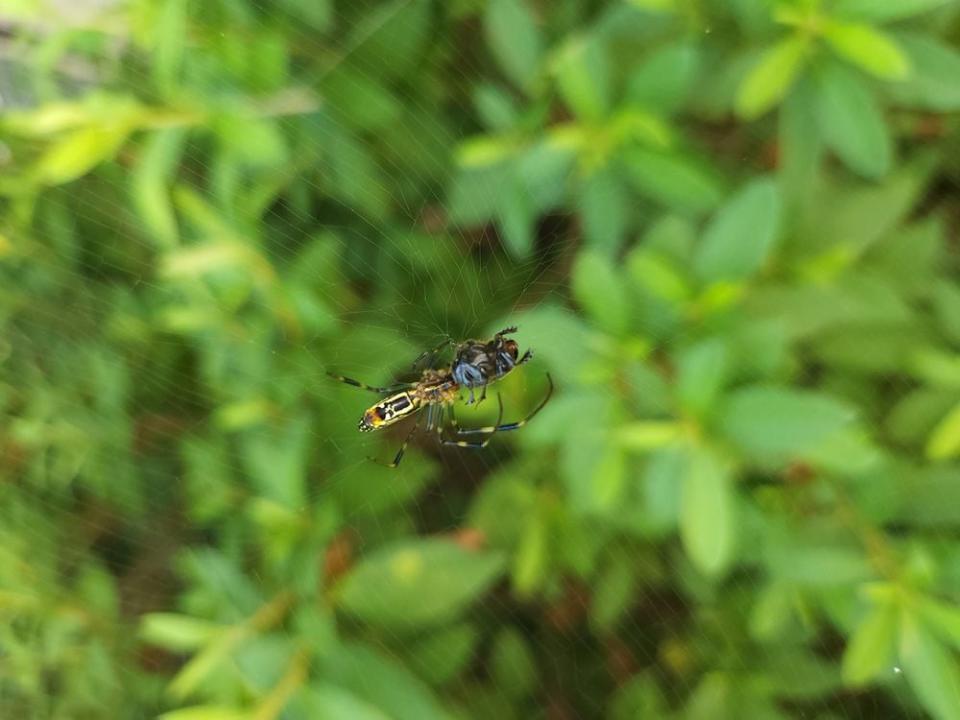
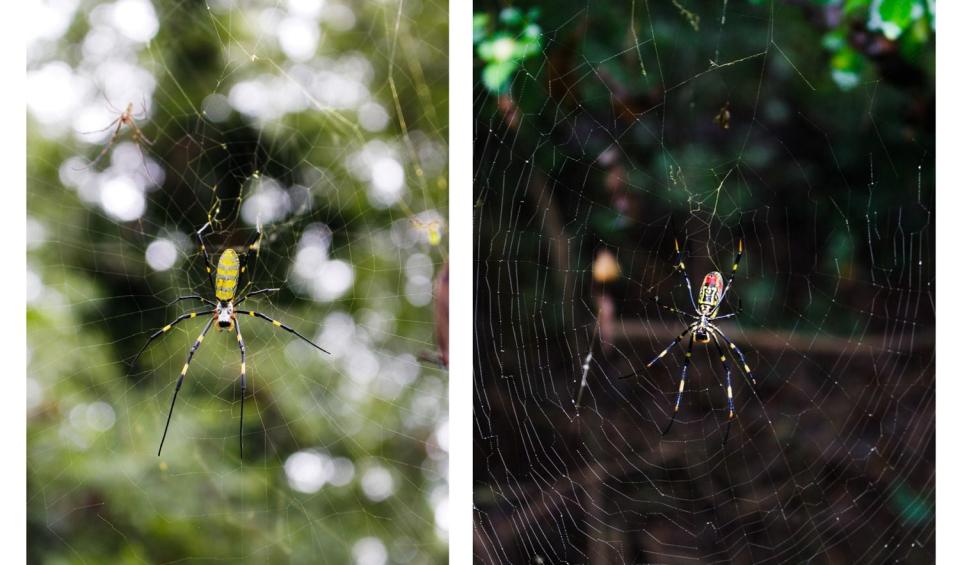
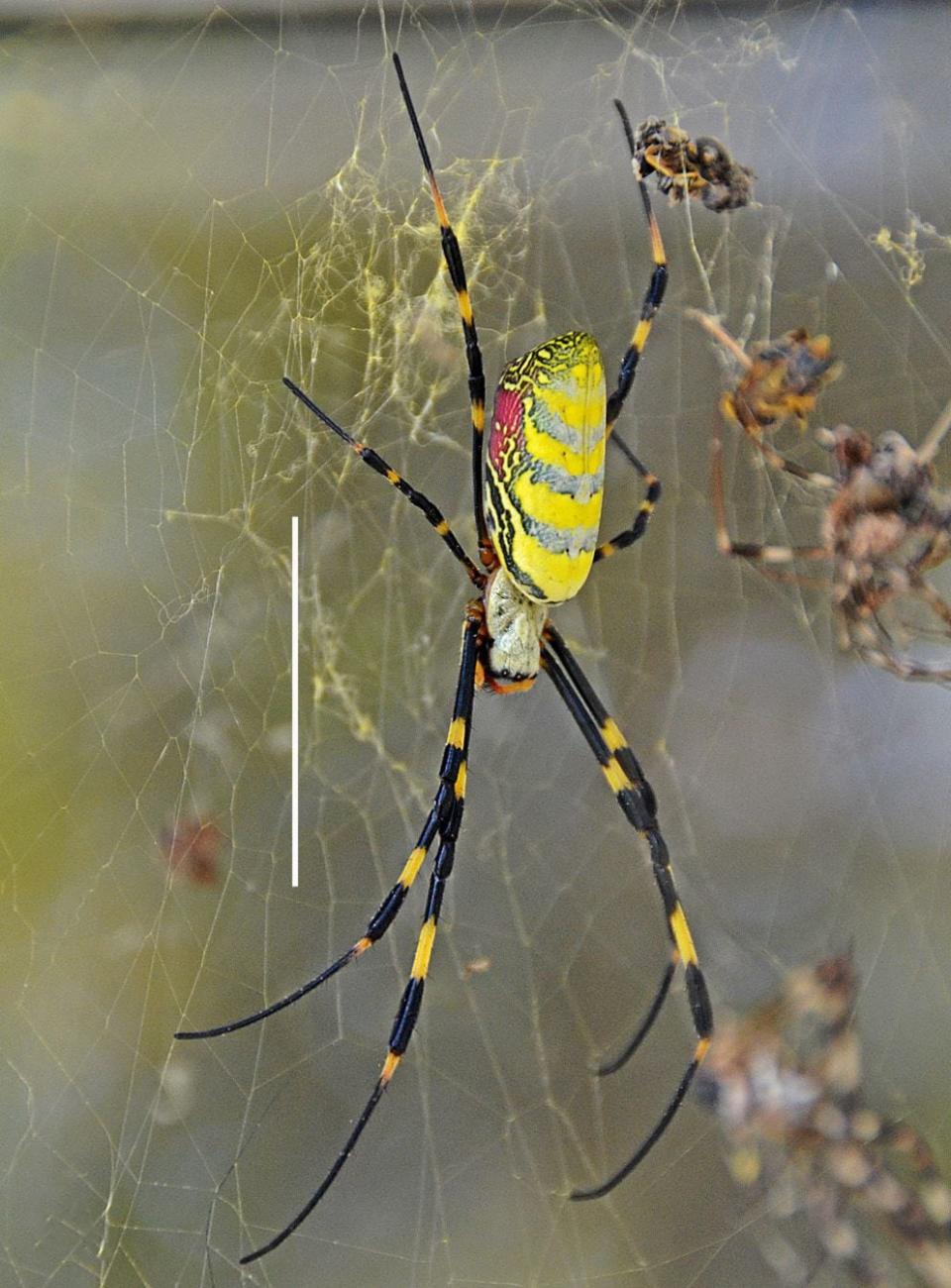
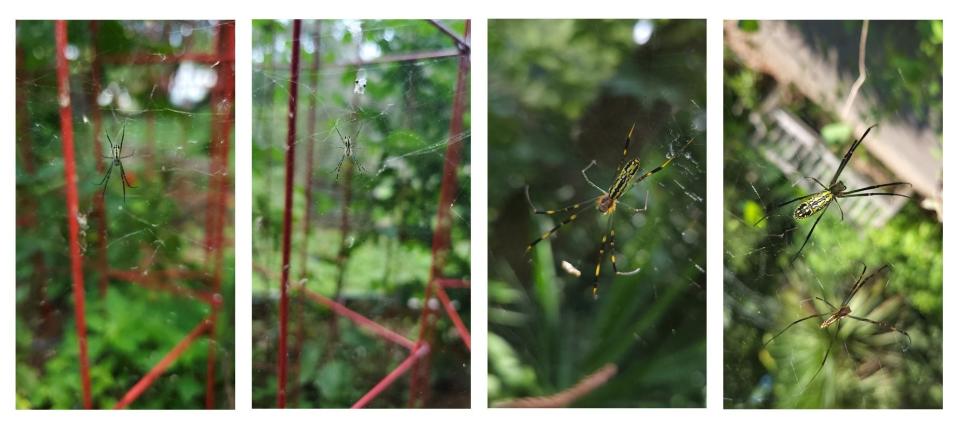
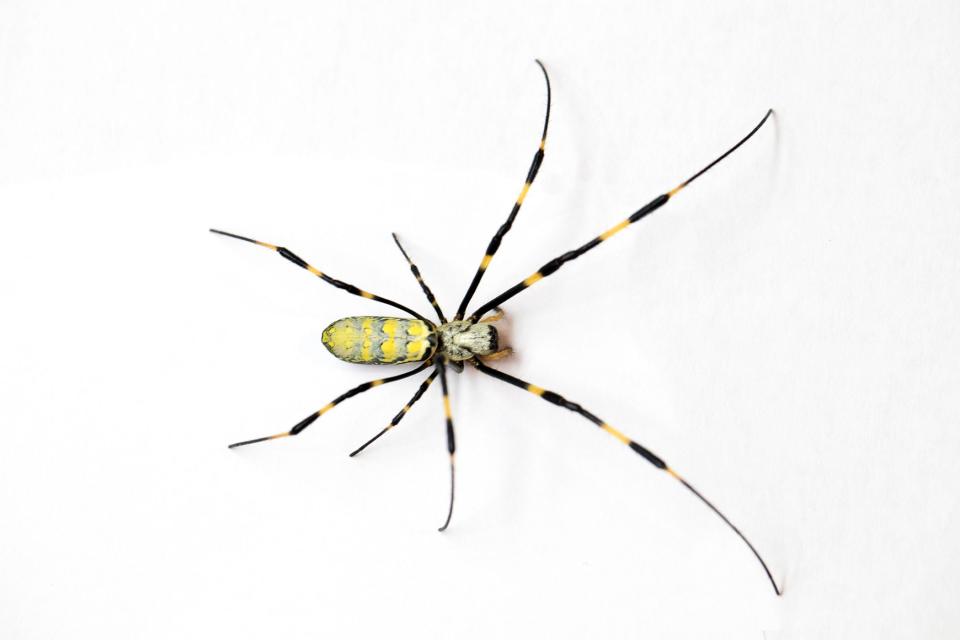
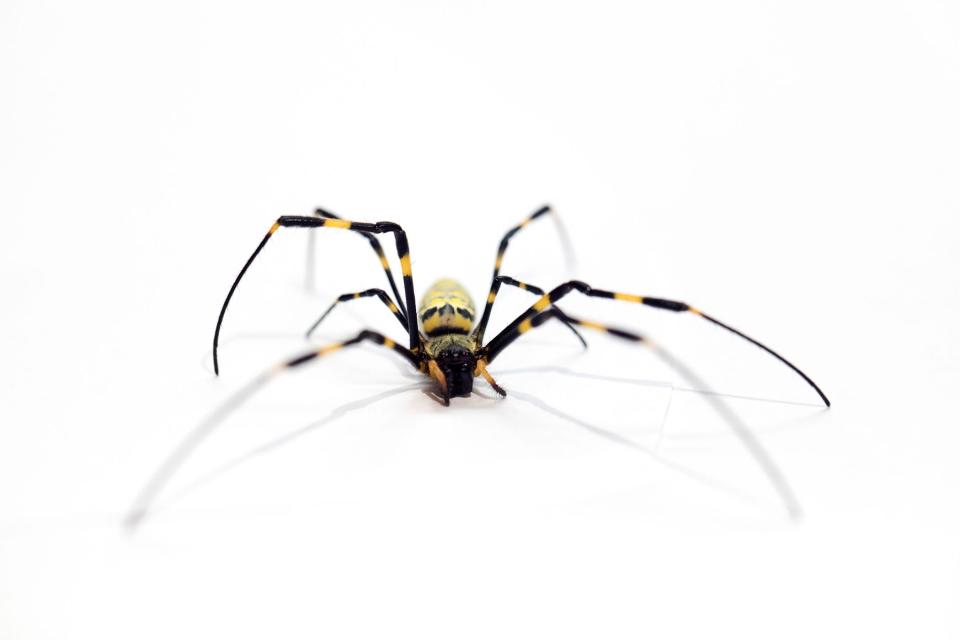
As previously reported by Channel 2 Action News, While all spiders crawl and weave webs, the Joro spider is known to travel by weaving parachutes out of silk and flying along the wind, in a process known as ballooning, according to UGA.
[SIGN UP: WSB-TV Daily Headlines Newsletter]
IN RELATED NEWS:

